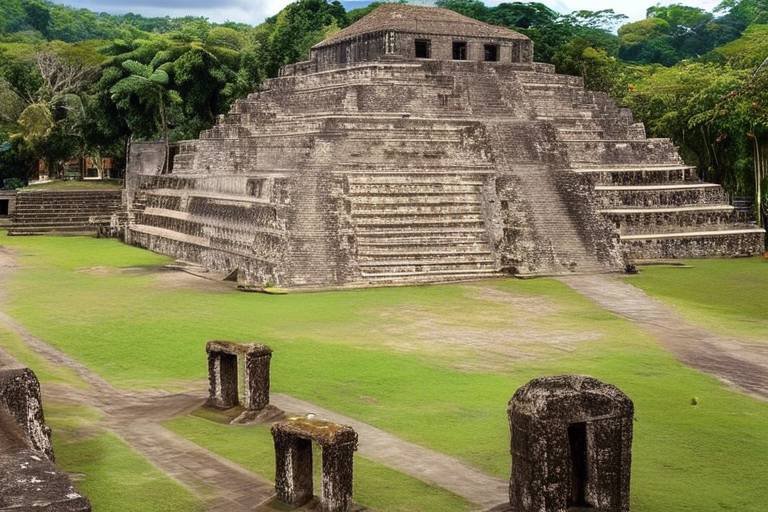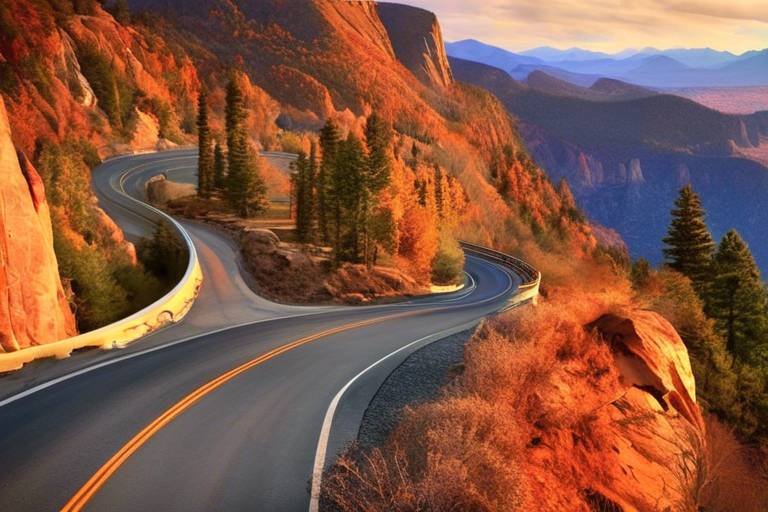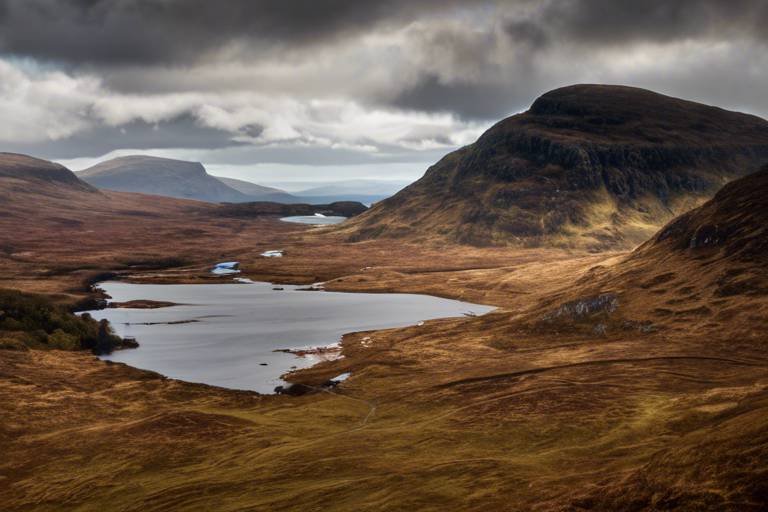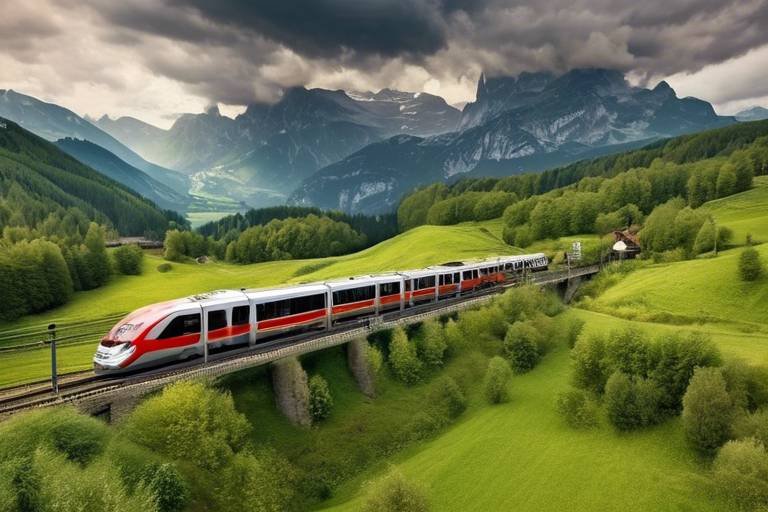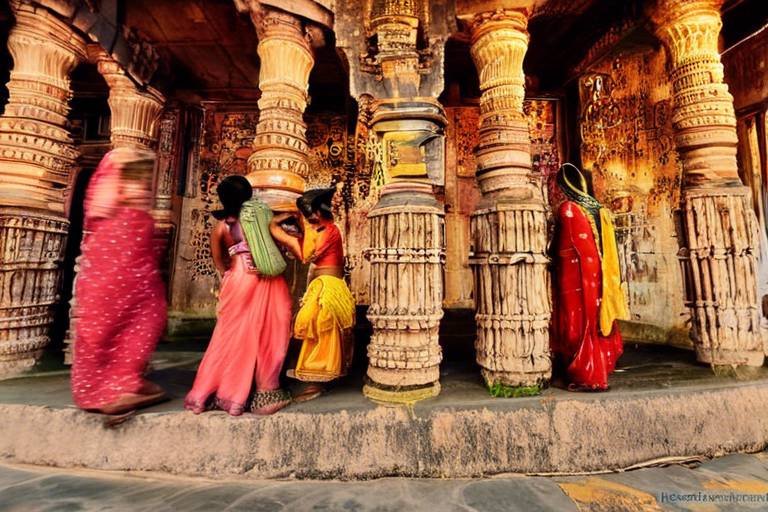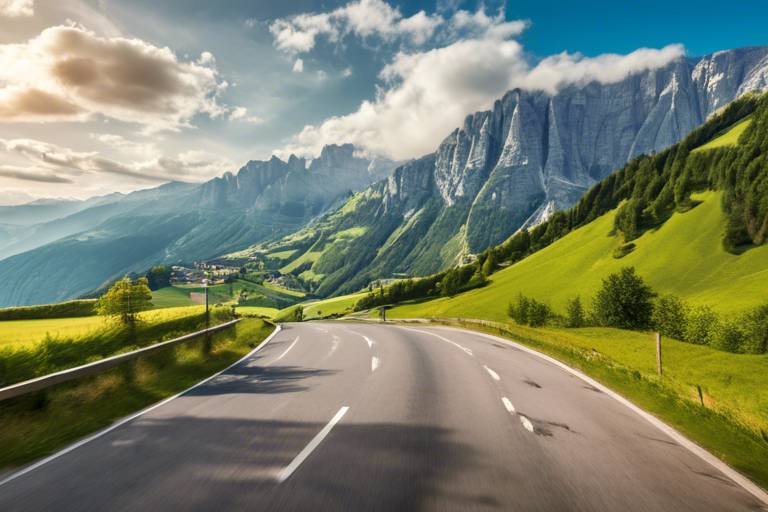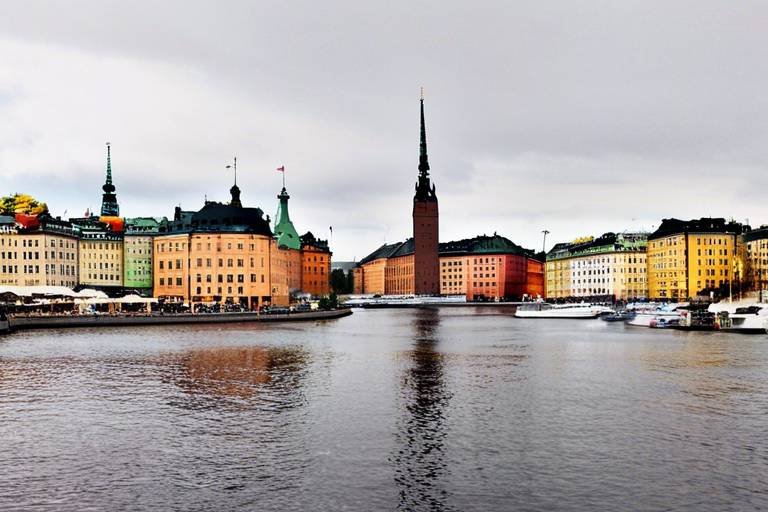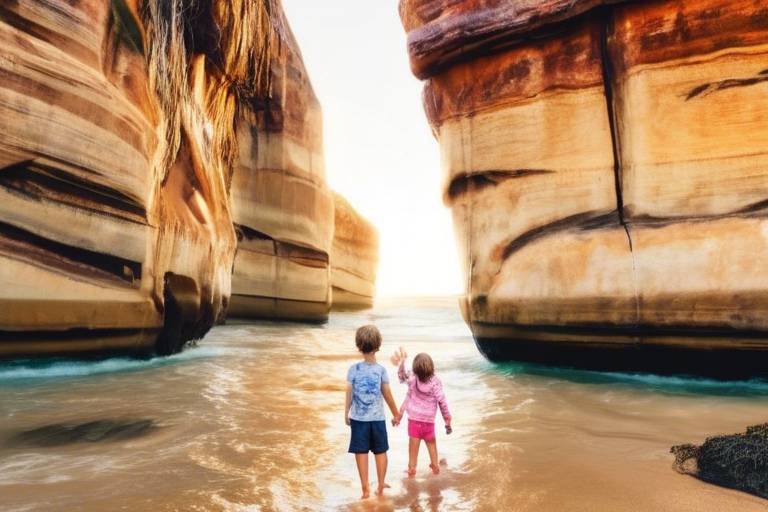A Guide to the Best Historical Sites in Central America
Central America is a treasure trove of history, boasting a diverse range of historical sites that offer a glimpse into the region's rich past. From ancient Mayan ruins to colonial cities and revolutionary sites, there is no shortage of fascinating destinations to explore. Let's embark on a journey through time and uncover the best historical sites in Central America.
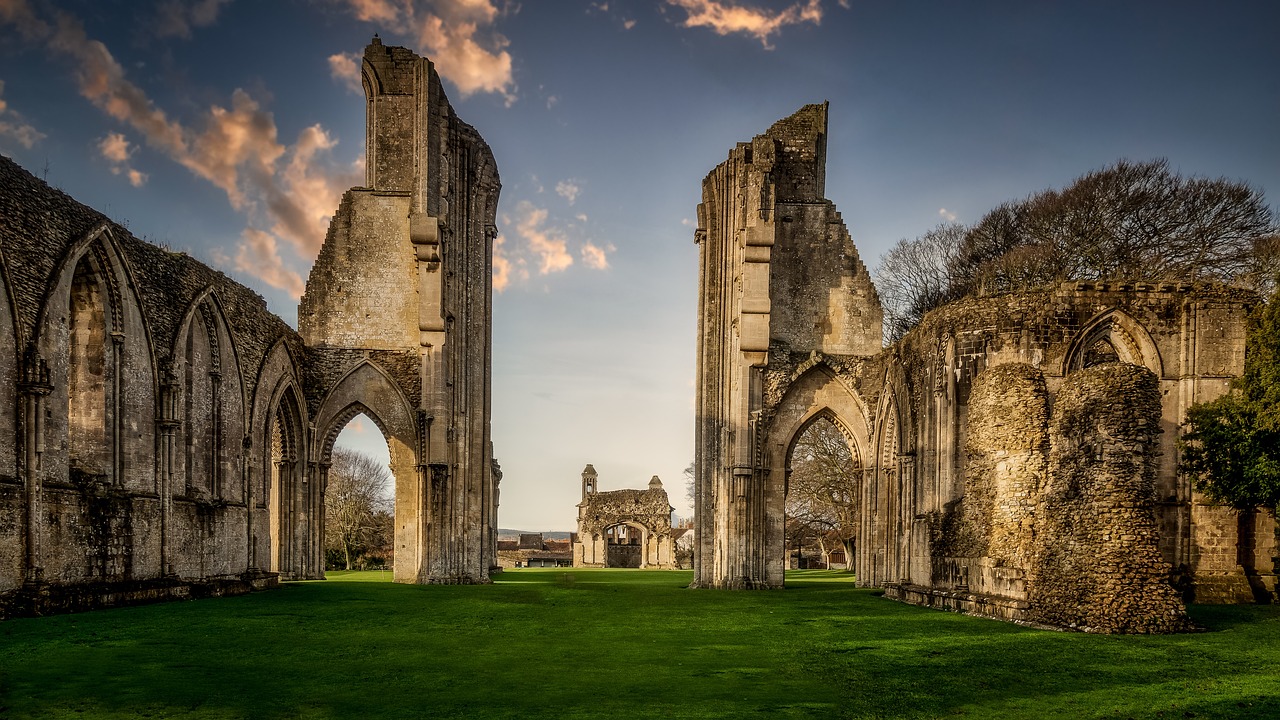
Mayan Ruins
Explore the rich history of Central America through its remarkable historical sites. From ancient Mayan ruins to colonial architecture, discover the top destinations that offer a glimpse into the region's past.
Delve into the fascinating world of the ancient Mayan civilization by visiting well-preserved ruins like Tikal in Guatemala and Copan in Honduras. These archaeological sites provide a window into the advanced culture and architectural prowess of the Mayan people. Imagine standing amidst towering pyramids and intricate stone carvings, feeling the echoes of a civilization long gone but not forgotten.
At Tikal, marvel at the grandeur of structures like Temple IV, which offers panoramic views of the surrounding jungle. Explore the intricate hieroglyphics and stelae that depict the stories and beliefs of the Mayan civilization. In Copan, wander through the Great Plaza and the Hieroglyphic Stairway, considered one of the most impressive Mayan sculptures.
These Mayan ruins not only showcase the architectural achievements of the ancient civilization but also provide insights into their religious practices, societal structure, and daily life. Each stone tells a story, inviting you to unravel the mysteries of a bygone era.
Embark on a journey through time as you explore these historical sites, where the past comes alive through the remnants of a once-thriving civilization.

Colonial Cities
When it comes to experiencing the charm of Central America's history, colonial cities offer a unique glimpse into the past. These cities are like time capsules, preserving the architectural beauty and cultural heritage of bygone eras. One of the standout colonial cities is Antigua in Guatemala, a UNESCO World Heritage Site known for its well-preserved Spanish colonial architecture and vibrant markets. As you wander through the cobblestone streets of Antigua, you can't help but feel transported back in time, surrounded by colorful facades and towering churches.
In Nicaragua, Granada stands out as another colonial gem, with its picturesque streets lined with pastel-colored buildings and horse-drawn carriages. The city's central plaza, Parque Central, is a hub of activity where locals and tourists gather to soak in the atmosphere and admire the stunning Cathedral of Granada. Exploring Granada is like stepping into a painting, with each corner revealing a new story from the colonial era.
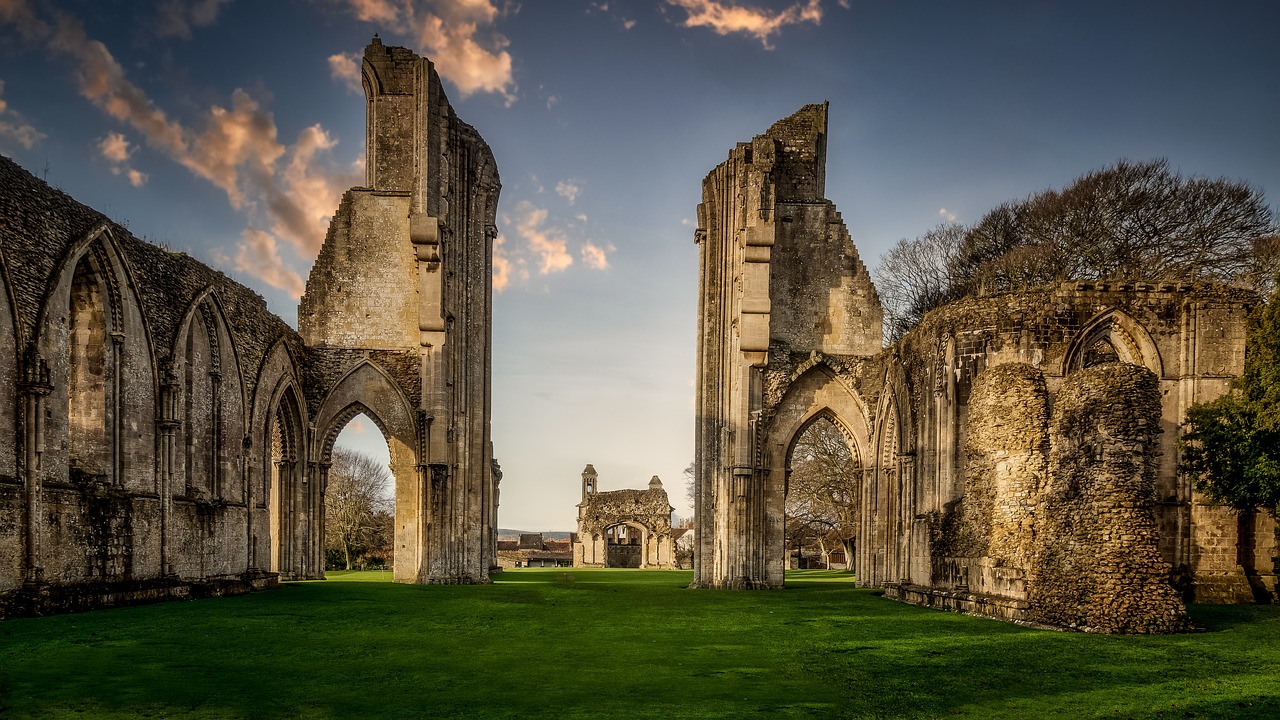
Archaeological Sites
When it comes to exploring the historical depths of Central America, archaeological sites play a crucial role in unraveling the mysteries of the past. These sites offer a glimpse into ancient civilizations and their way of life, providing invaluable insights into the region's rich history. One such significant archaeological site is Joya de Ceren in El Salvador, often referred to as the "Pompeii of the Americas." This UNESCO World Heritage site offers a unique look into the daily lives of the Mayan people, preserved under layers of volcanic ash for centuries.
Another notable archaeological site worth exploring is Caracol in Belize, one of the largest ancient Maya cities. Nestled deep within the lush jungles of Belize, Caracol boasts impressive pyramids, temples, and residential complexes that reflect the advanced architectural and engineering skills of the Mayan civilization. As you wander through the ancient ruins, you can't help but marvel at the ingenuity and craftsmanship of the Mayan people.
These archaeological sites serve as time capsules, transporting visitors back to a bygone era and offering a firsthand look at the cultural and technological achievements of ancient civilizations. From intricate carvings to elaborate structures, each site tells a unique story of the people who once thrived in these lands. Exploring these archaeological wonders is not just a journey through time but a profound experience that deepens our understanding of Central America's rich and diverse heritage.

Natural Landmarks with Historical Significance
Central America is not only rich in historical sites but also boasts natural landmarks with significant historical importance. These natural wonders offer a unique blend of breathtaking landscapes and historical artifacts, providing visitors with a deeper understanding of the region's past.
One such remarkable site is the Caves Branch Archaeological Reserve in Belize. Here, you can explore a network of caves that not only showcase the beauty of nature but also hold clues to ancient civilizations. Imagine walking through the dark chambers of the caves, illuminated only by the soft glow of historical artifacts, each telling a story of the people who once inhabited these lands.
As you venture deeper into the reserve, you'll encounter rock formations that have stood the test of time, serving as silent witnesses to the events that shaped Central America's history. The juxtaposition of natural beauty and historical significance creates a truly immersive experience, allowing you to connect with the past in a profound way.
Exploring natural landmarks with historical significance is like unraveling a mystery, with each discovery adding a piece to the larger puzzle of Central America's heritage. It's a journey that not only educates but also inspires awe and wonder, reminding us of the enduring legacy left by those who came before us.
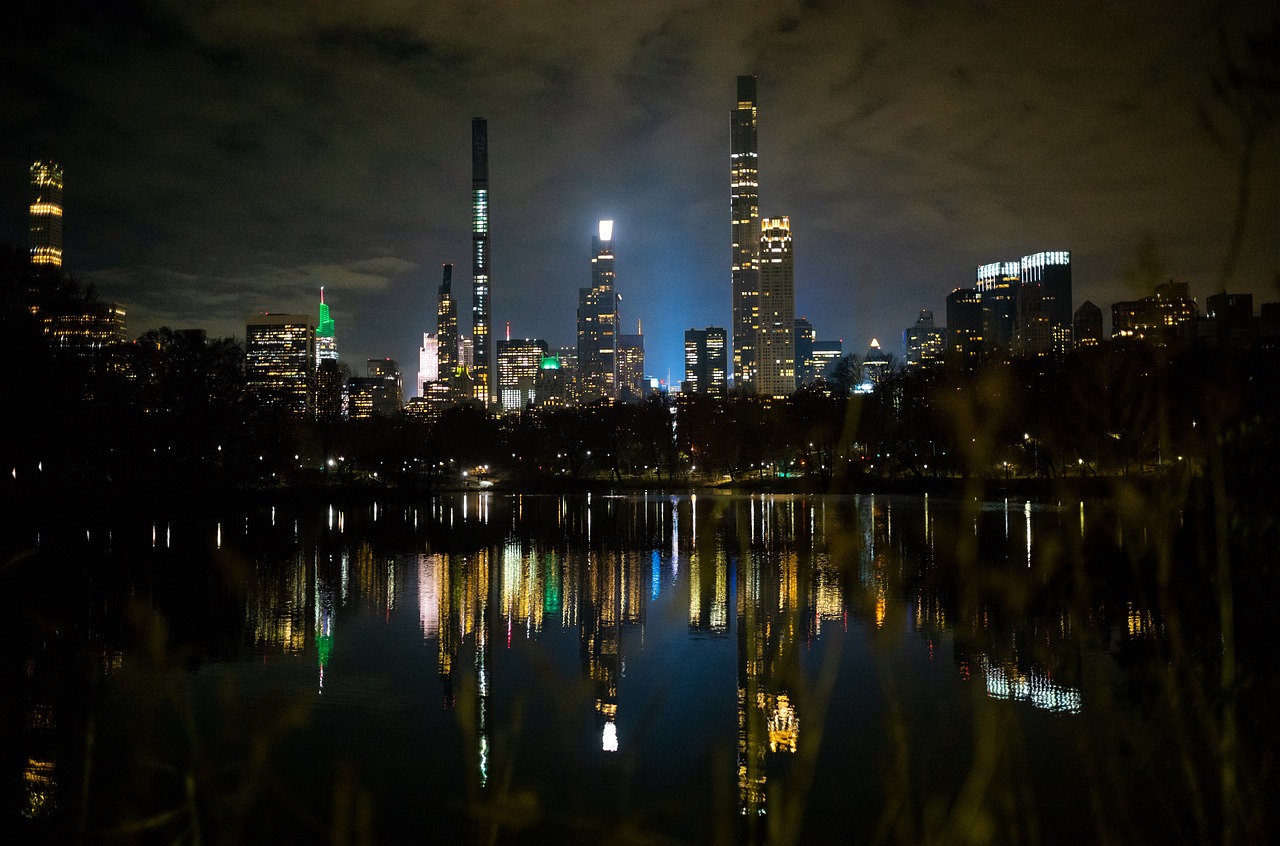
Revolutionary Sites
When exploring Central America, delving into the region's revolutionary history is a must. Revolutionary sites offer a glimpse into the tumultuous past of the countries in the area, showcasing the struggles and triumphs of the people. One such site worth visiting is Leon Viejo in Nicaragua, the remains of the original Spanish colonial city of Leon. Here, you can witness the legacy of the Sandinista revolution and its impact on the country's history.
Additionally, the Museum of the Revolution in Managua provides a comprehensive look at Nicaragua's revolutionary past, displaying artifacts, documents, and exhibits that highlight the country's fight for independence and social change. The museum offers a deep dive into the events that shaped the nation and the individuals who played pivotal roles in the revolutionary movements.
These revolutionary sites serve as reminders of the resilience and determination of the Central American people in their quest for freedom and justice. By exploring these locations, visitors can gain a deeper understanding of the region's complex history and the struggles faced by its inhabitants throughout the centuries.
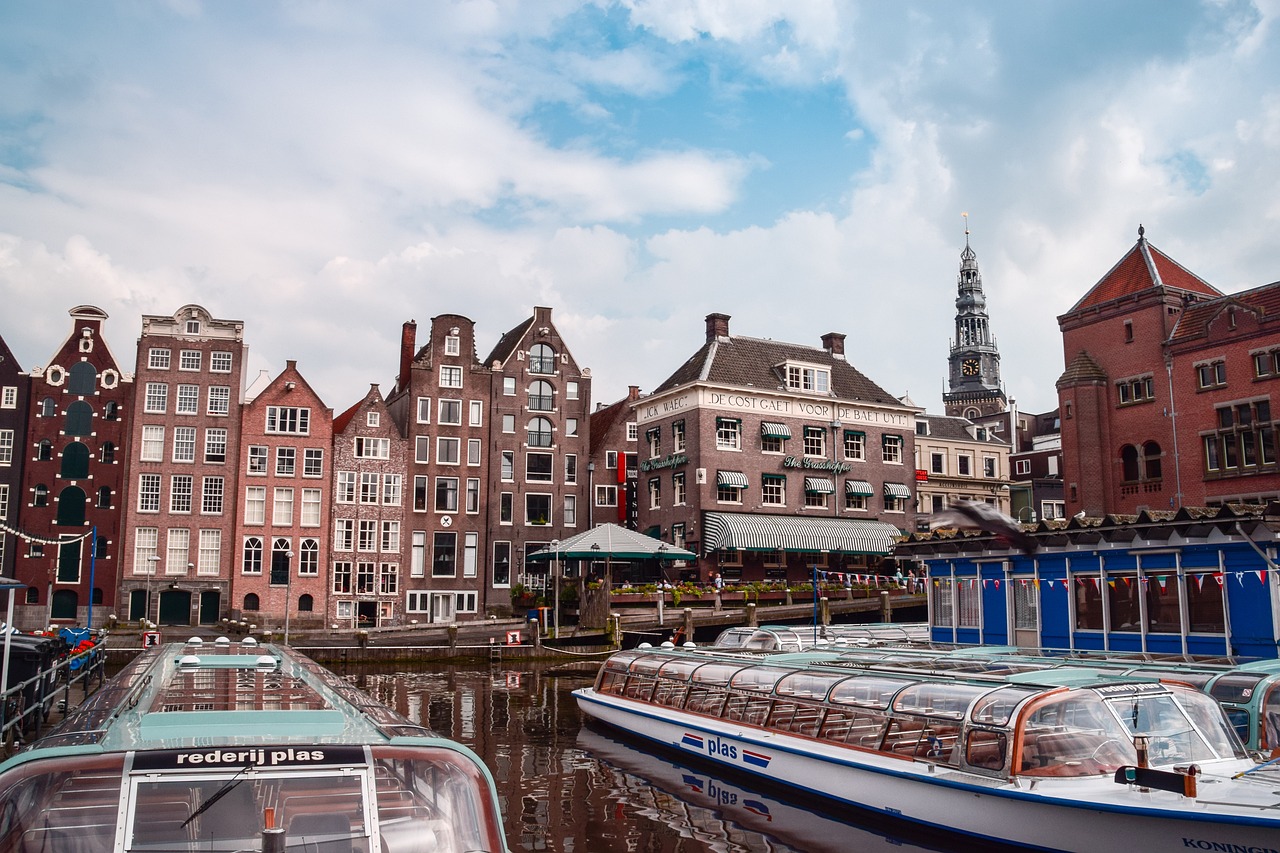
Panama Canal
The Panama Canal stands as a testament to human ingenuity and engineering prowess, connecting the Atlantic and Pacific Oceans with remarkable efficiency. This iconic waterway has been a vital route for global trade and transportation, significantly reducing the time and distance required for ships to travel between the two oceans. The canal's construction was a monumental task, overcoming challenging terrain and obstacles to create a strategic link that forever changed maritime navigation.
Traversing the Panama Canal is a mesmerizing experience, offering a firsthand look at the intricate system of locks that raise and lower ships to navigate the varying water levels. Witnessing massive vessels smoothly passing through the canal is a sight to behold, showcasing the harmonious blend of nature and human intervention. The Panama Canal not only serves as a crucial maritime passage but also stands as a symbol of human achievement and innovation.
Visitors to the Panama Canal can explore its history and significance at various visitor centers and museums located along its route. Learning about the challenges faced during its construction and the impact it has had on global trade provides a deeper appreciation for this engineering marvel. The Panama Canal continues to be a key player in international commerce, facilitating the movement of goods and fostering economic growth in the region and beyond.
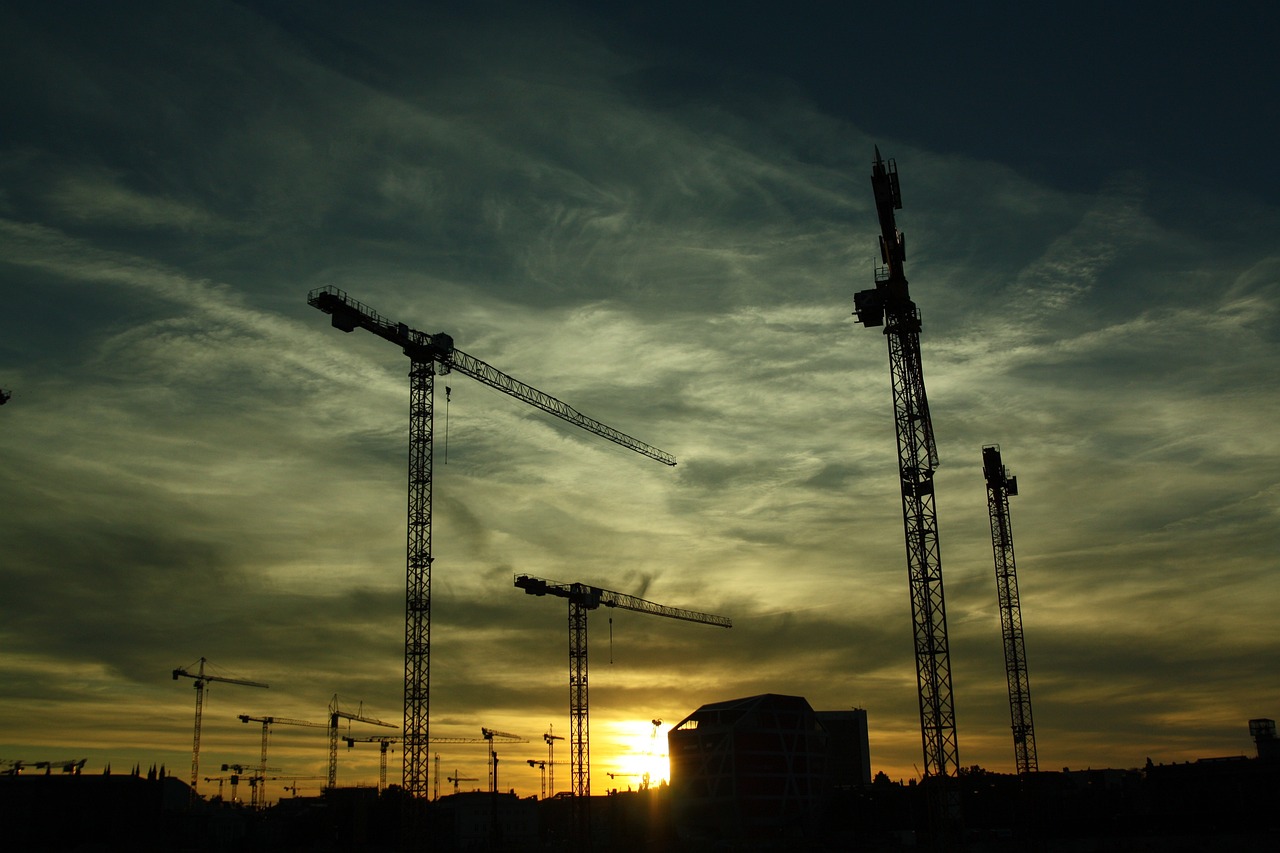
Artifacts and Museums
Embark on a journey through Central America's rich history by immersing yourself in artifacts and museums that offer a window into the past. Museums like the Museum of Anthropology in Mexico City house a treasure trove of ancient relics, providing insights into the diverse cultures that once thrived in the region. Discover intricately crafted pottery, tools, and artwork that showcase the ingenuity and creativity of ancient civilizations.
Furthermore, the National Museum of Costa Rica preserves the country's history through exhibits that trace its evolution from pre-Columbian times to the present day. Delve into the stories behind historical artifacts, from ceremonial objects to everyday items that shed light on the daily lives of past inhabitants.
These museums not only display artifacts but also offer educational programs and guided tours that deepen your understanding of Central America's heritage. By engaging with these historical treasures, visitors can appreciate the significance of preserving and showcasing the cultural legacy of the region.
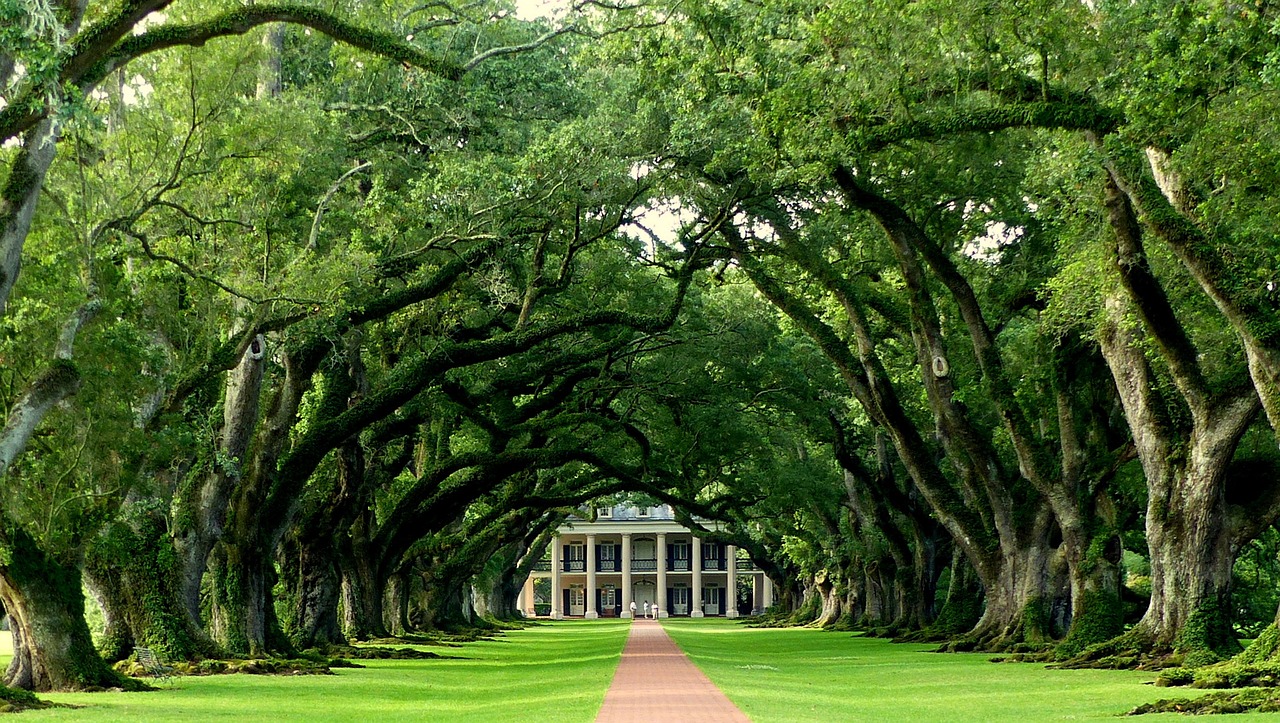
Historic Churches and Cathedrals
When it comes to exploring the rich history of Central America, historic churches and cathedrals play a significant role in showcasing the architectural beauty and religious significance of the region. These magnificent structures not only serve as places of worship but also stand as testaments to the cultural heritage and craftsmanship of the past.
One of the most iconic historic churches in Central America is the Cathedral of San Jose in Costa Rica. Built in the 19th century, this neoclassical masterpiece boasts intricate detailing and grandeur, attracting visitors with its awe-inspiring architecture and spiritual ambiance.
Similarly, the Basilica of Esquipulas in Guatemala is another architectural gem that holds great religious importance. Pilgrims from far and wide visit this basilica to pay homage to the Black Christ of Esquipulas, a revered figure in Central American Catholicism.
Stepping inside these historic churches and cathedrals, visitors are transported back in time, surrounded by ornate altars, colorful stained glass windows, and sacred artifacts that narrate stories of faith and devotion. The peaceful atmosphere and spiritual energy within these sacred spaces offer a moment of tranquility and reflection amidst the bustling modern world.
Moreover, these architectural marvels serve as living history books, preserving the traditions and beliefs of generations past. Each stone, archway, and fresco tells a tale of the cultural influences and artistic styles that have shaped Central America's religious landscape over the centuries.
Whether you are a history enthusiast, a devout pilgrim, or simply a curious traveler, exploring the historic churches and cathedrals of Central America is a journey that promises to enlighten the mind, uplift the spirit, and leave a lasting impression of the region's rich heritage.
Frequently Asked Questions
- What are the best historical sites to visit in Central America?
Central America is rich in history, offering a variety of historical sites to explore. Some of the top destinations include ancient Mayan ruins like Tikal in Guatemala, colonial cities such as Antigua in Guatemala, archaeological sites like Joya de Ceren in El Salvador, and the engineering marvel of the Panama Canal.
- Why should I visit historical sites in Central America?
Visiting historical sites in Central America allows you to immerse yourself in the region's rich history, learn about ancient civilizations like the Mayans, explore colonial architecture, and gain insights into the revolutionary past of the region. It's a unique opportunity to witness the cultural heritage and historical significance of Central America.
- What can I expect to see at natural landmarks with historical significance?
Natural landmarks in Central America, such as the Caves Branch Archaeological Reserve in Belize, offer a blend of natural beauty and historical artifacts. You can explore caves, rivers, and archaeological sites within these reserves, providing a unique experience that combines nature and history in one breathtaking setting.

